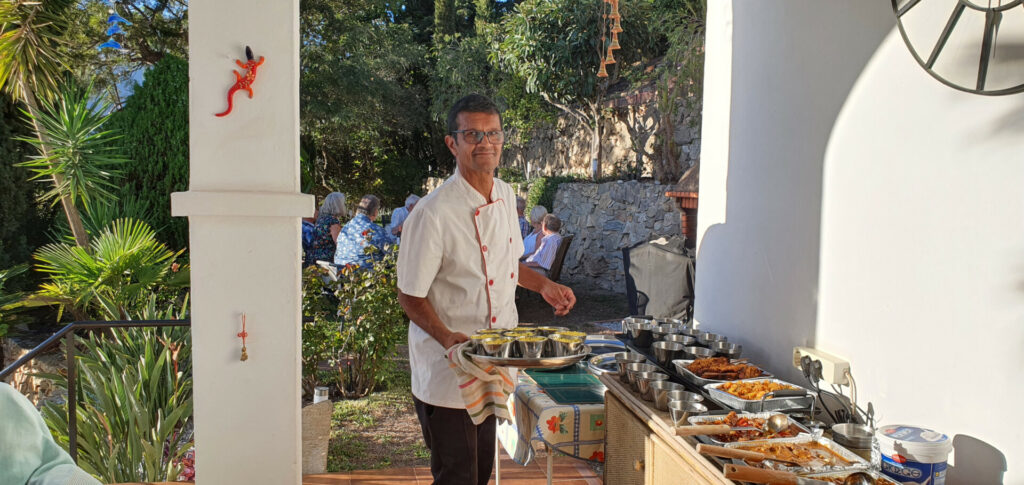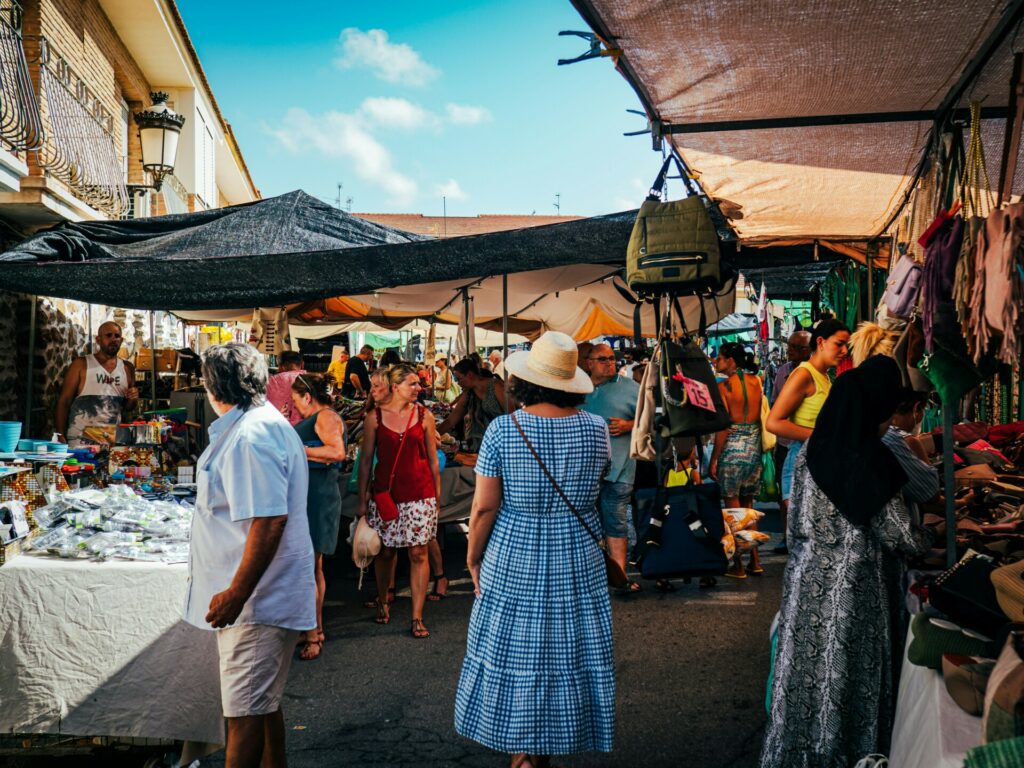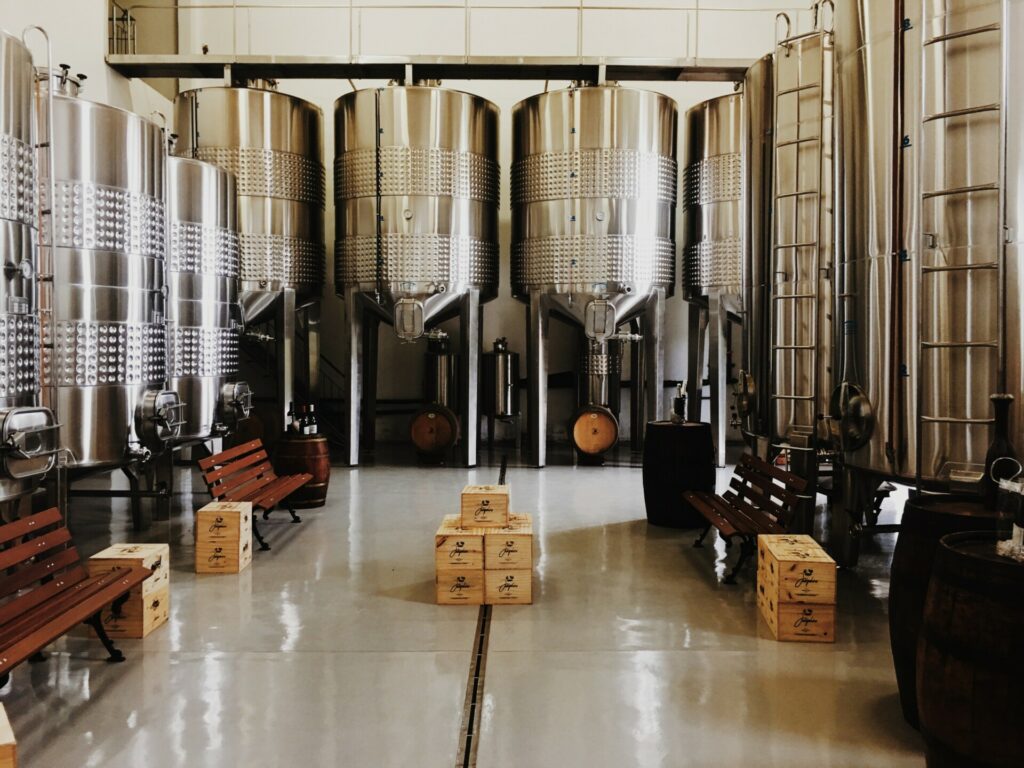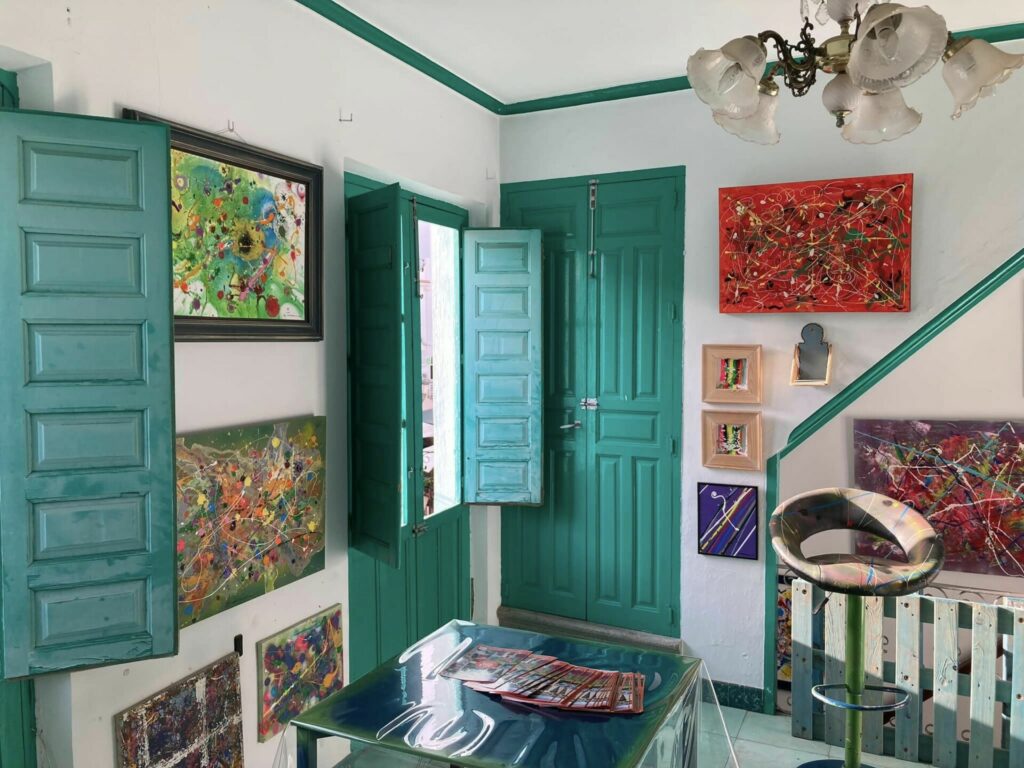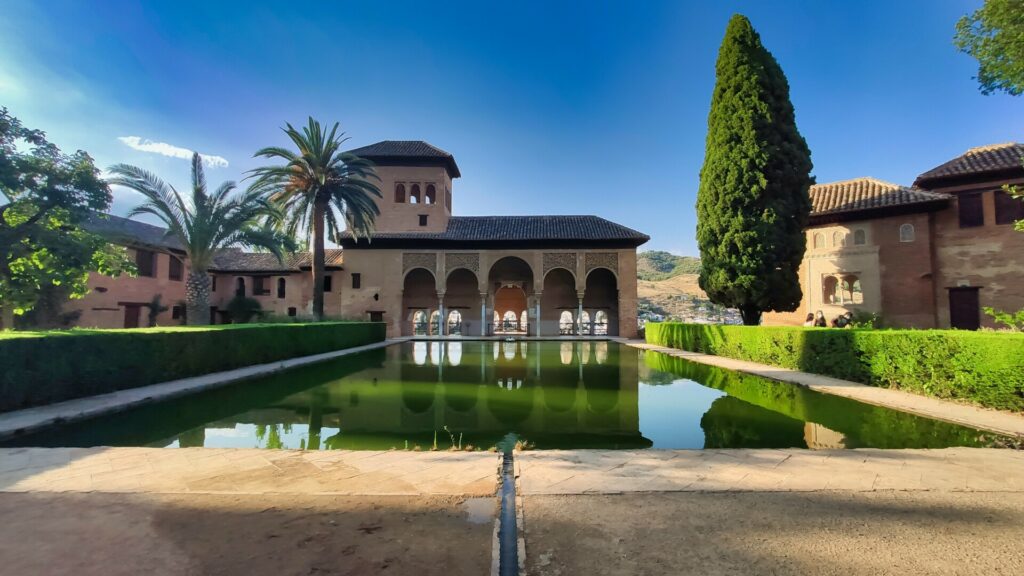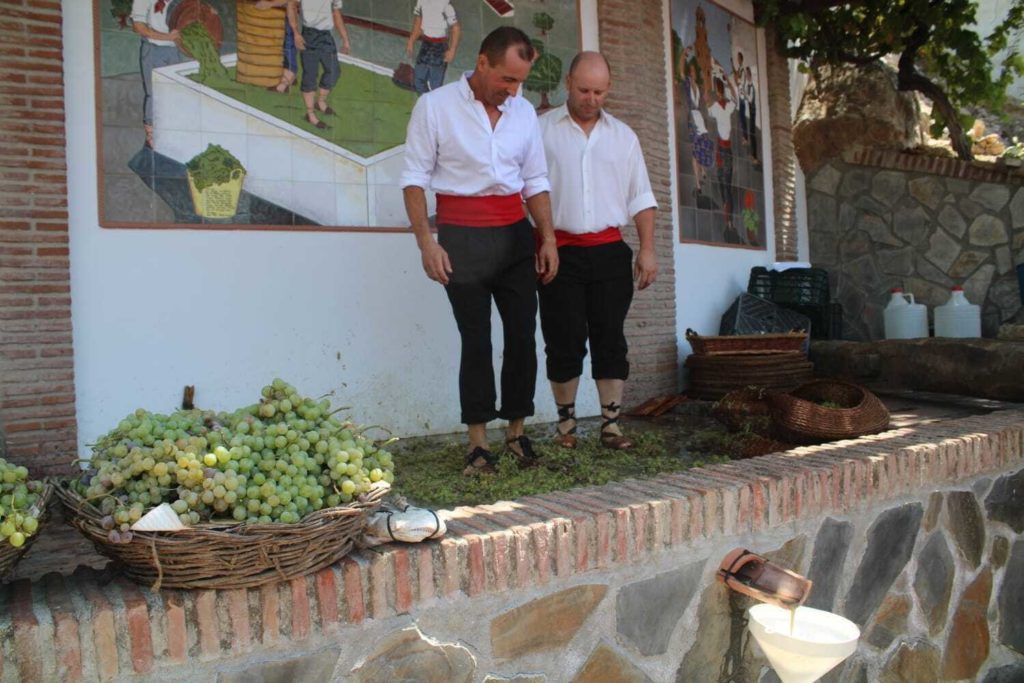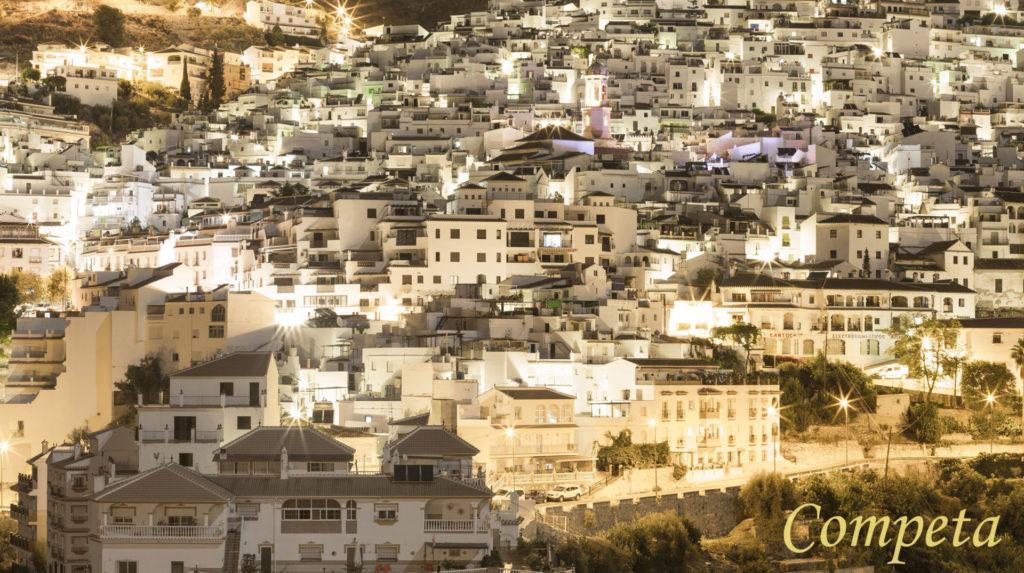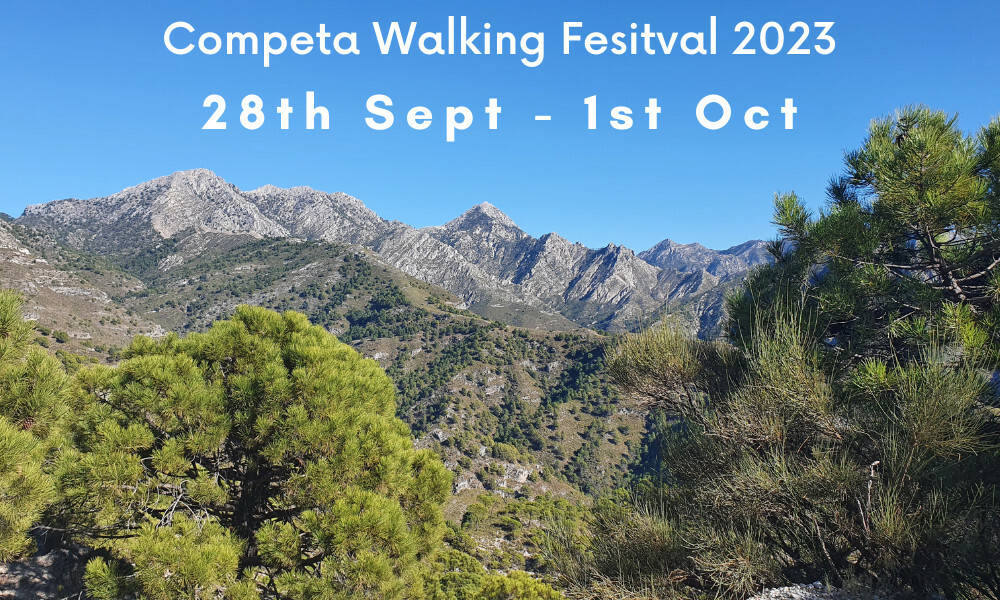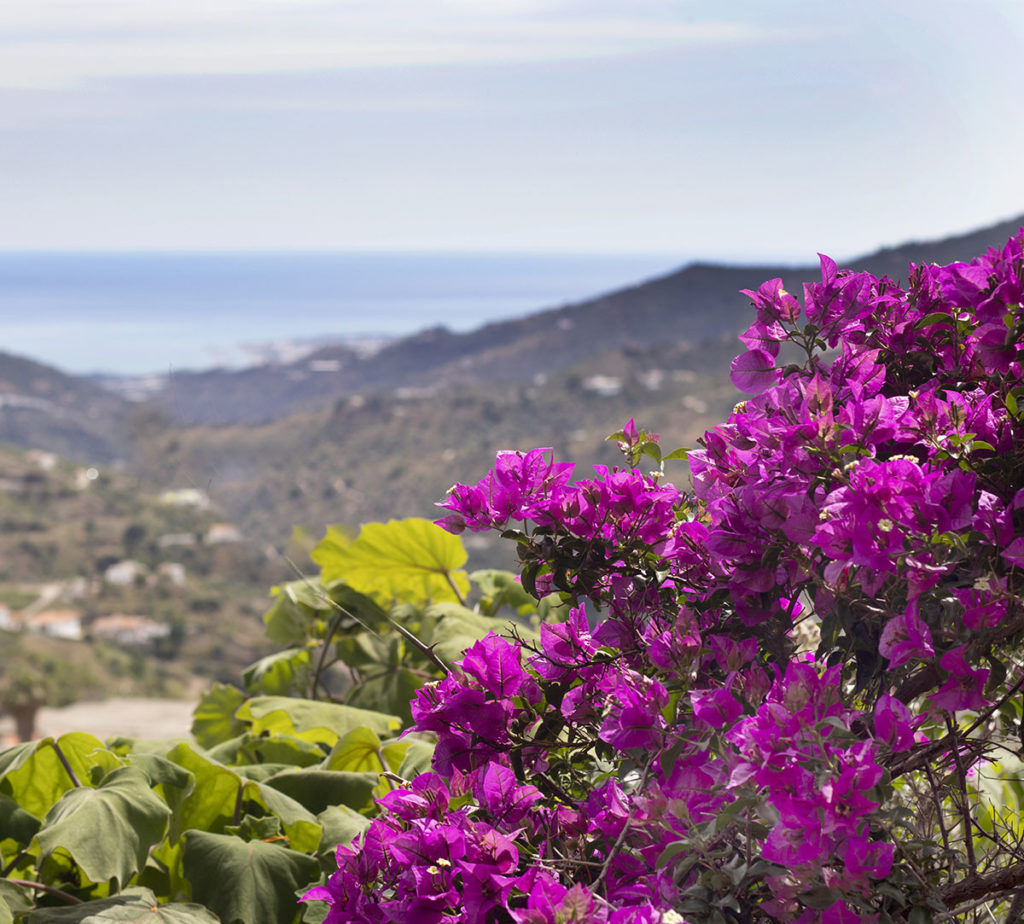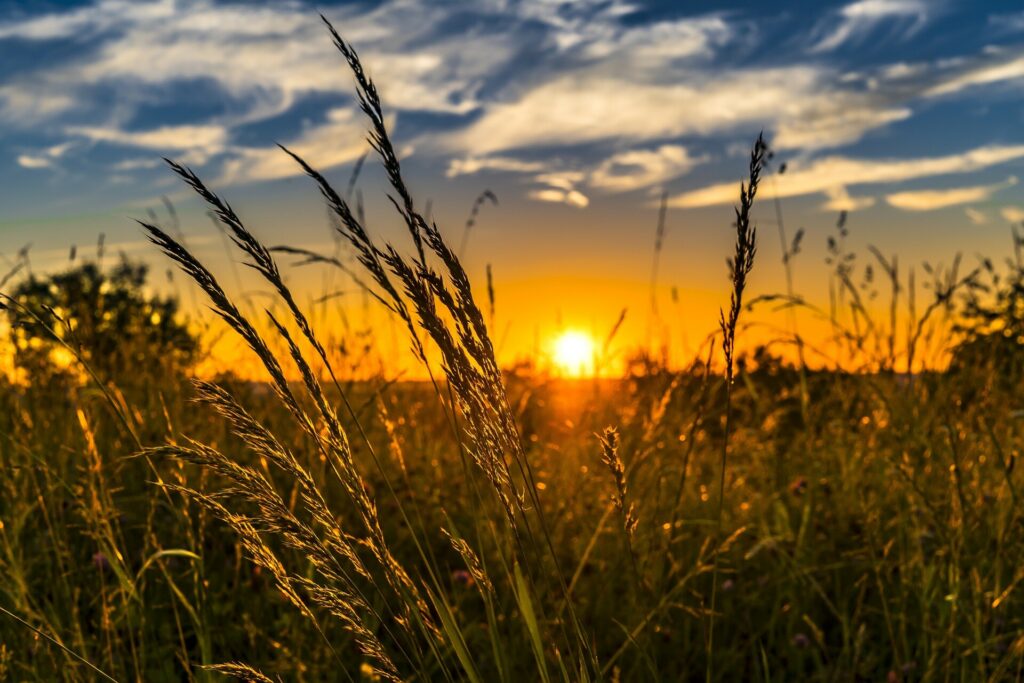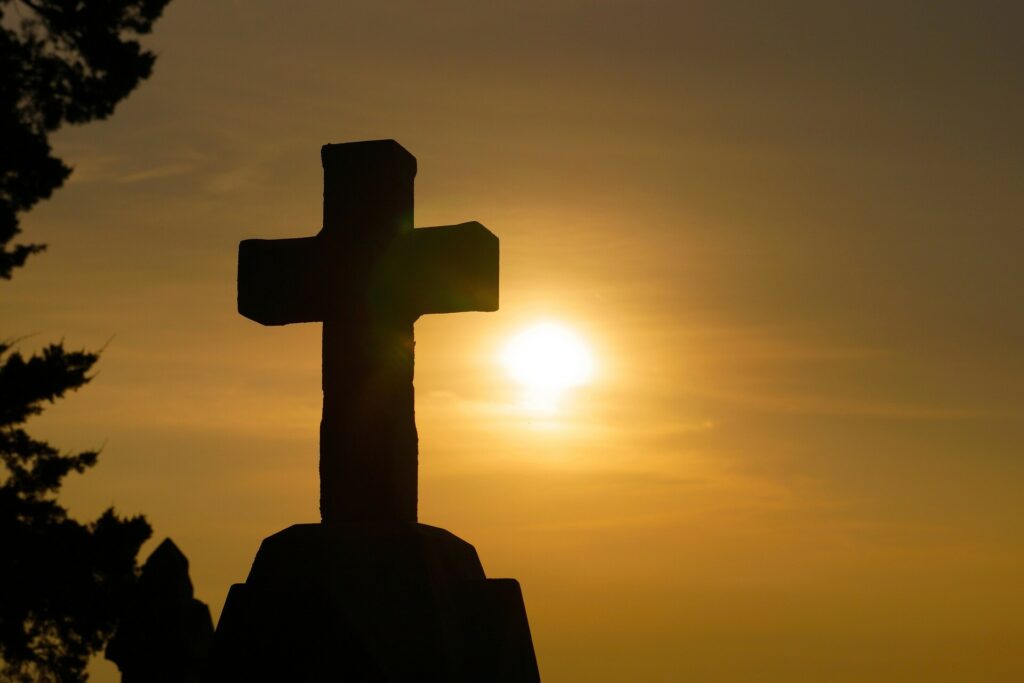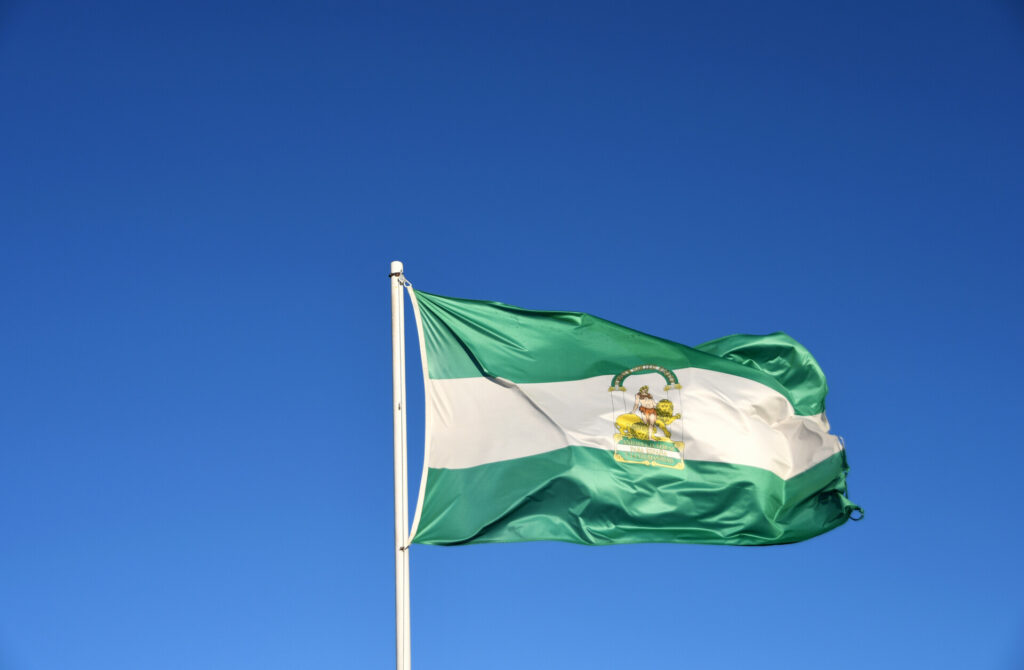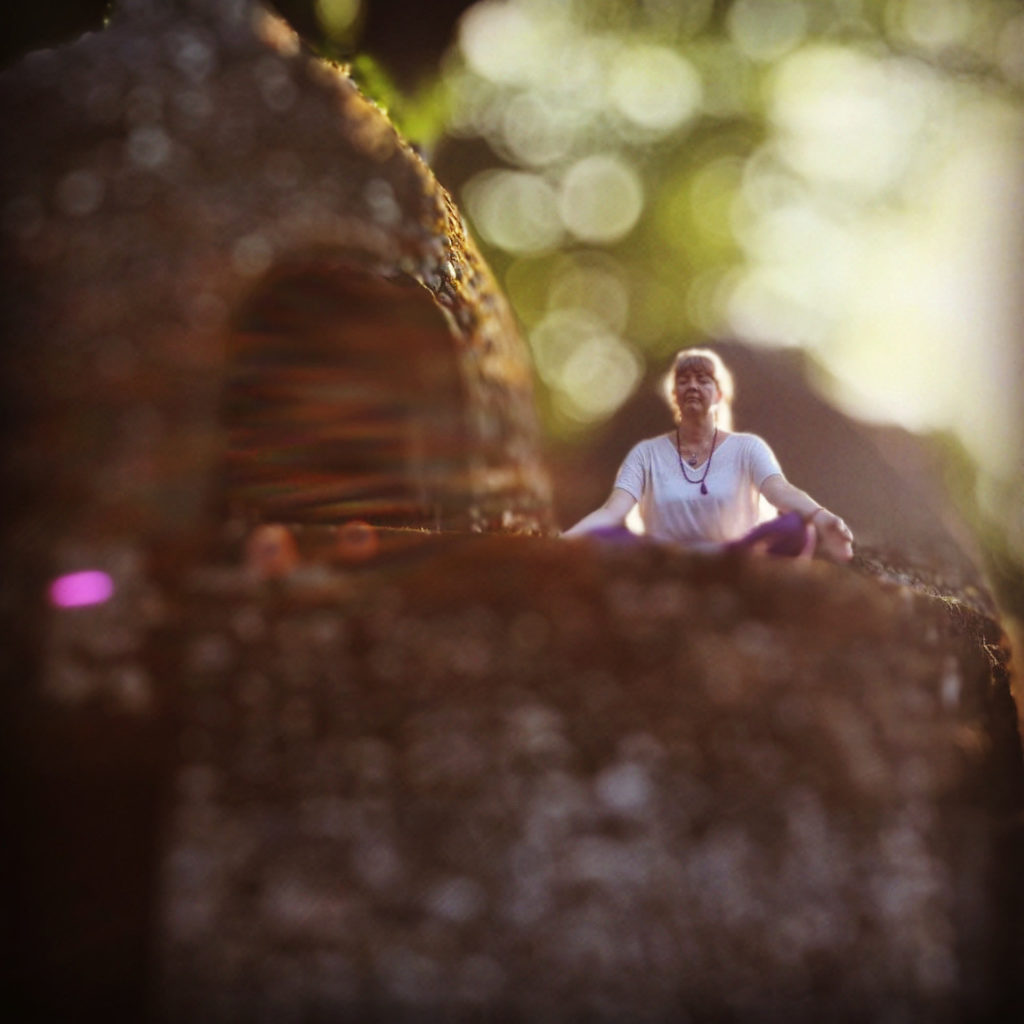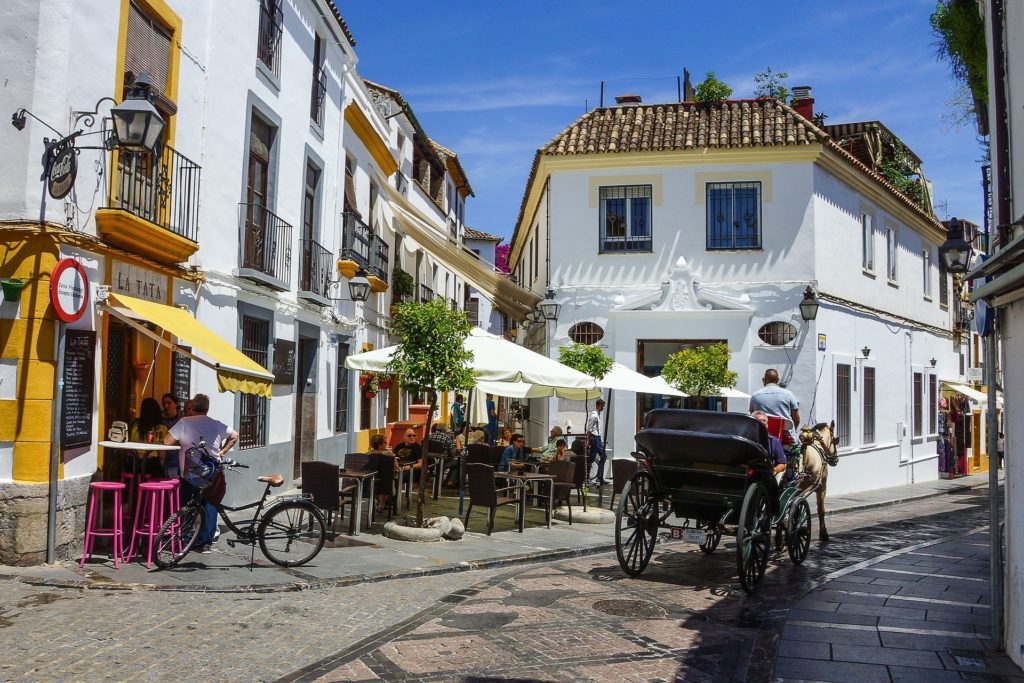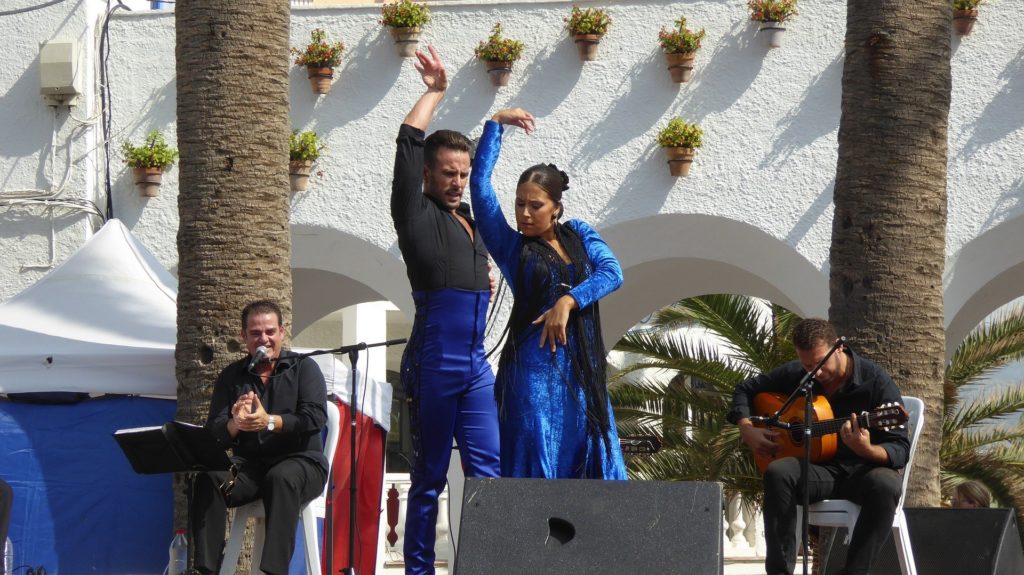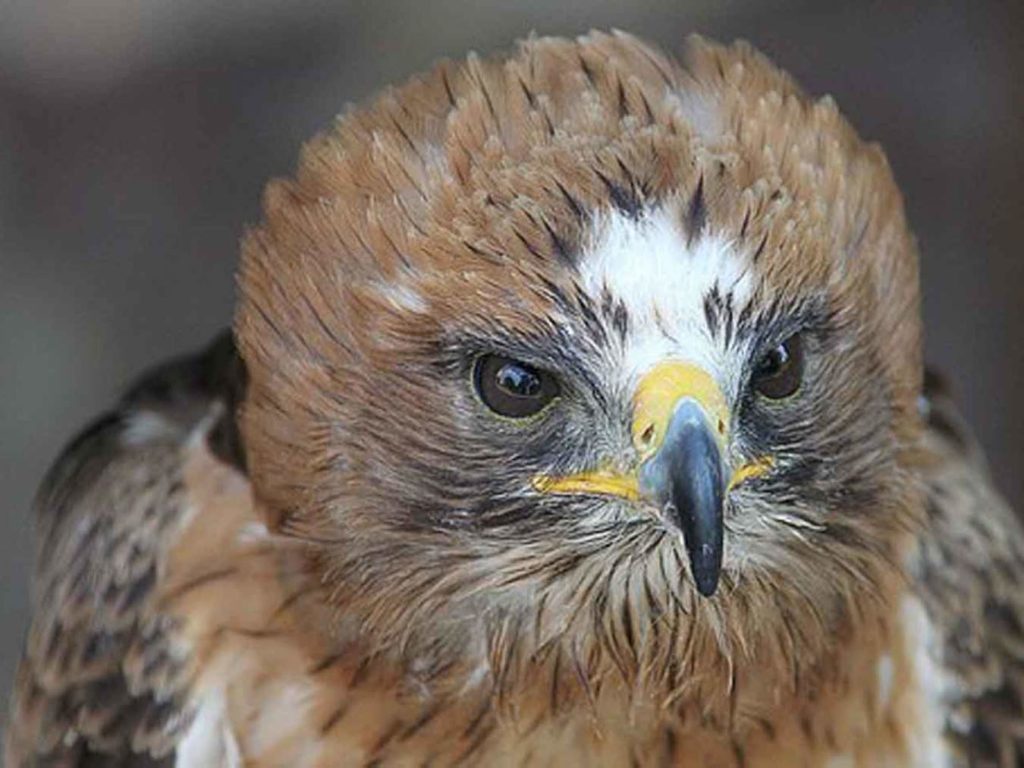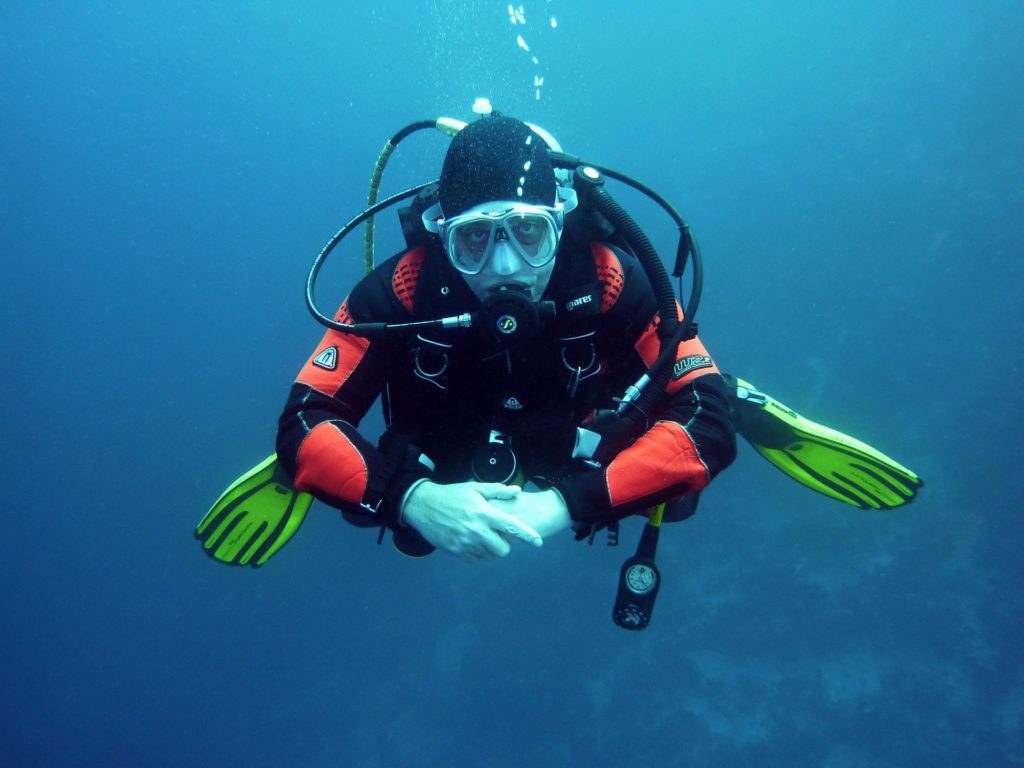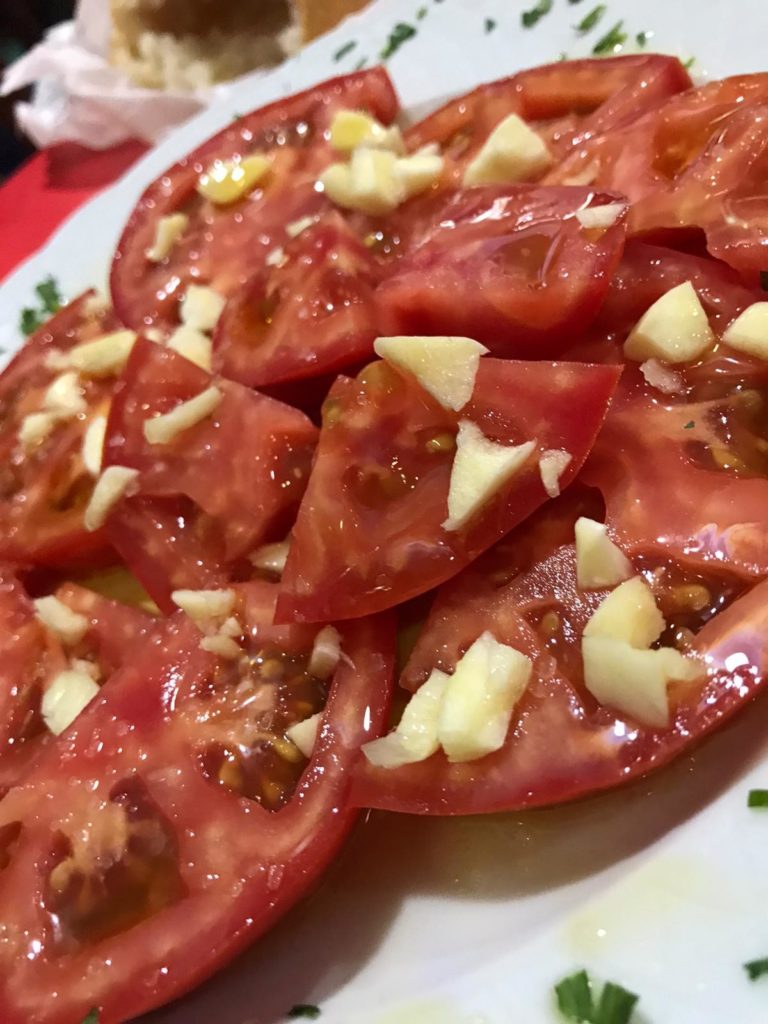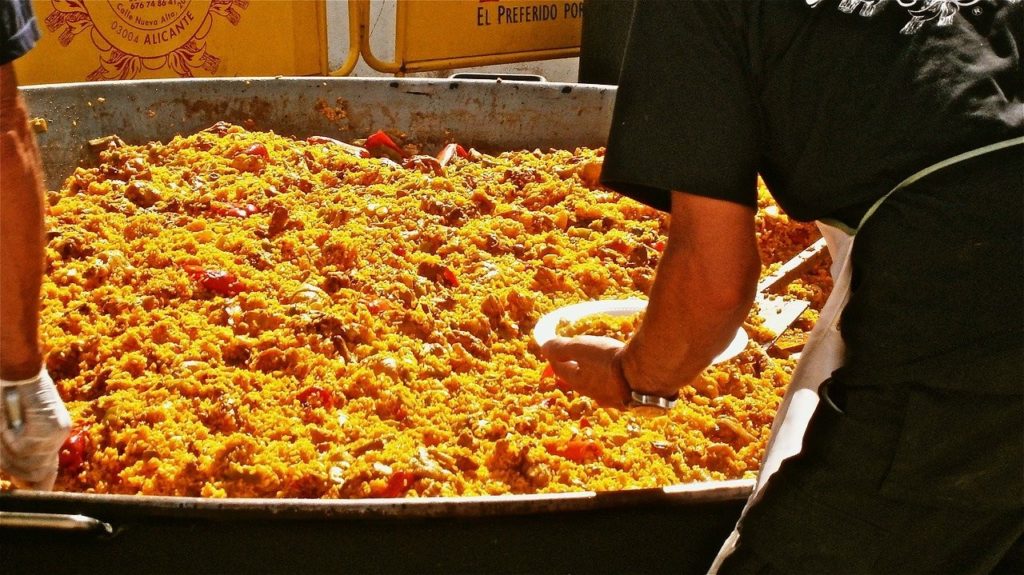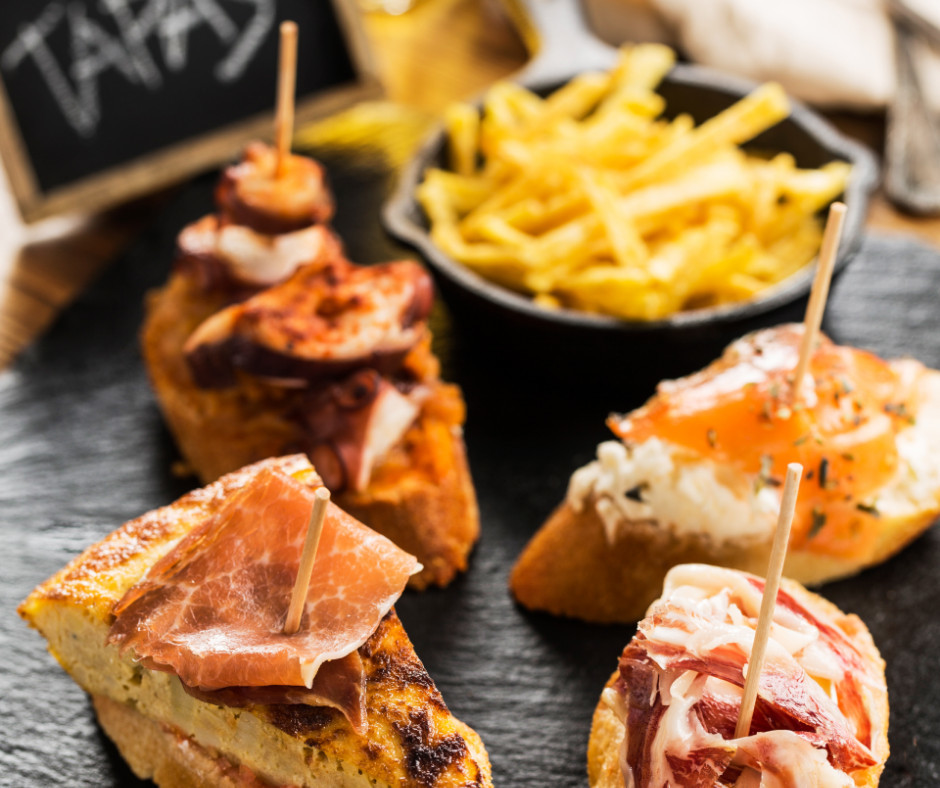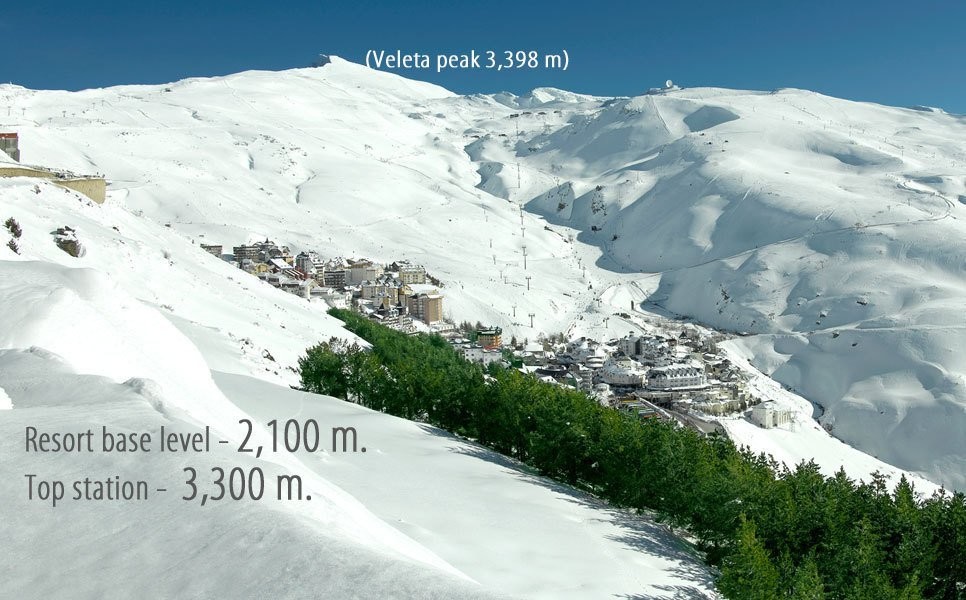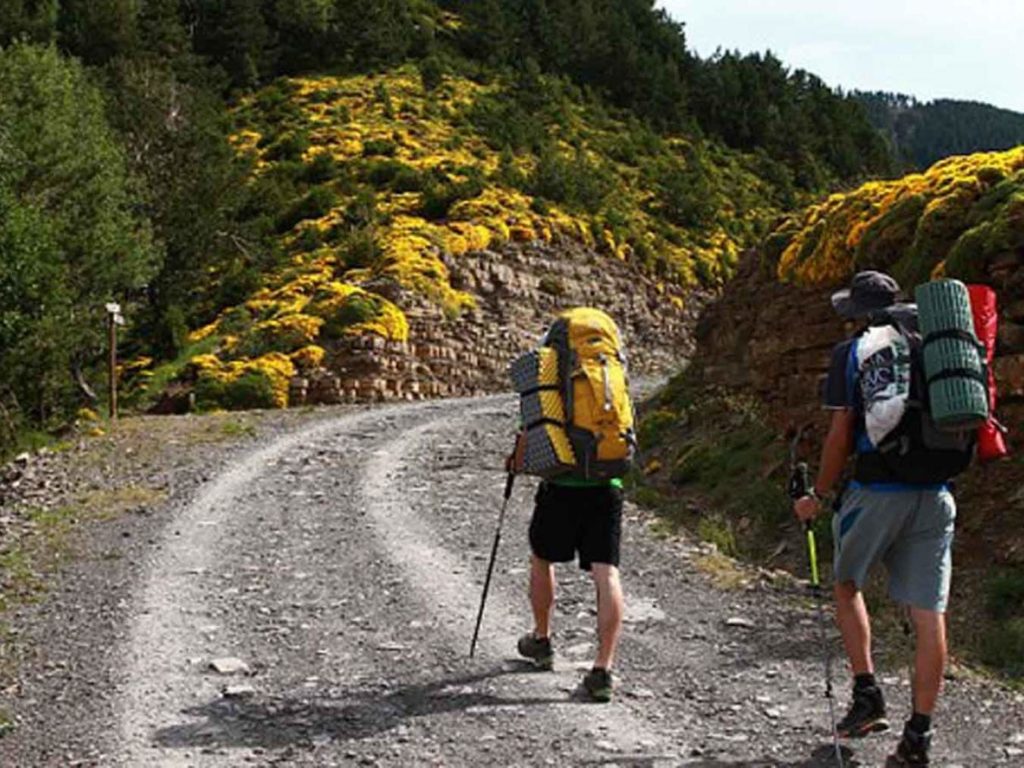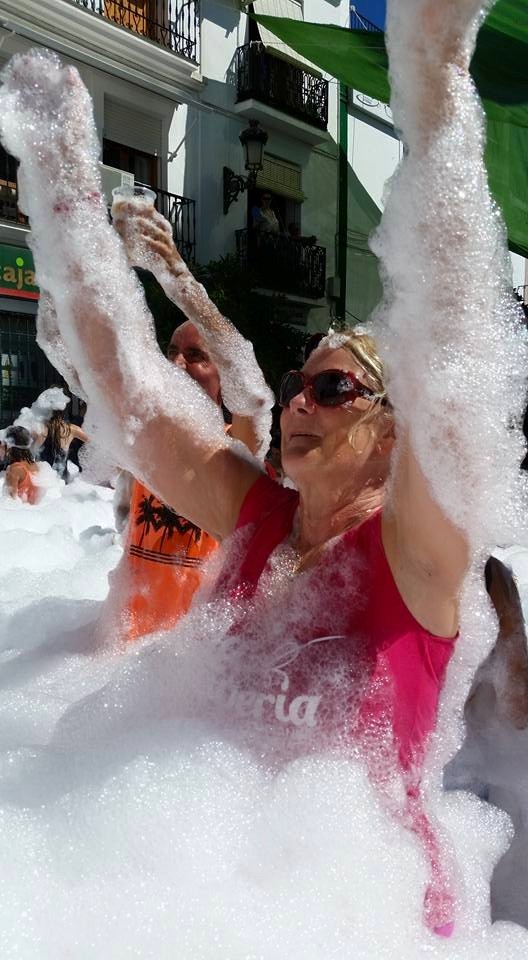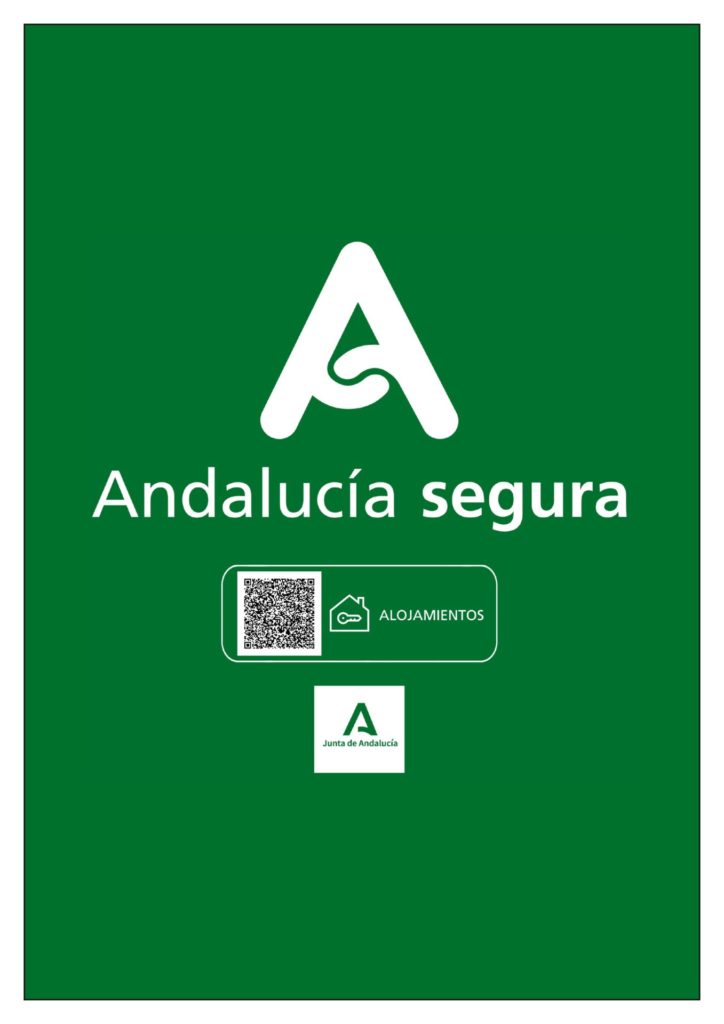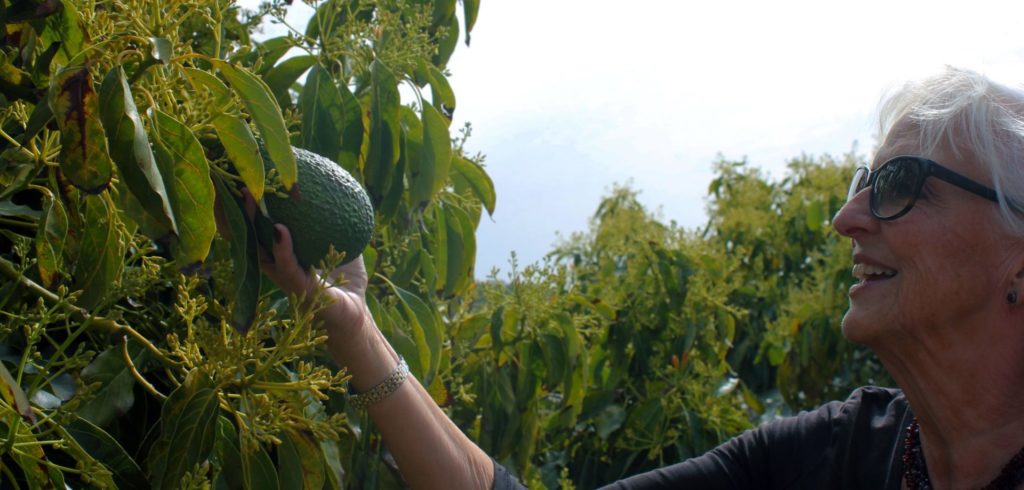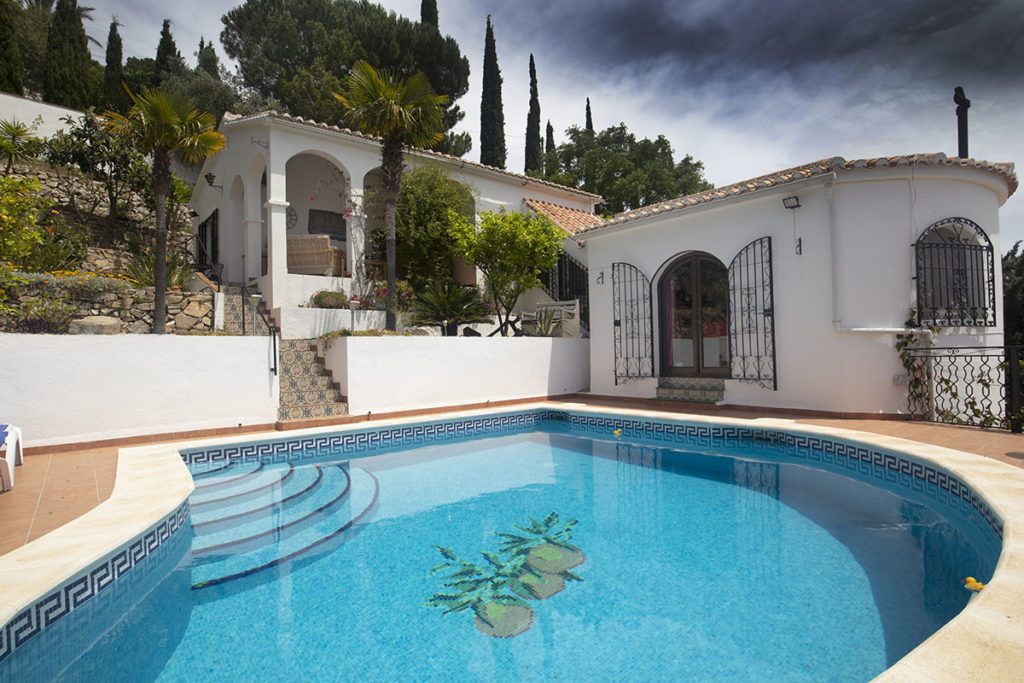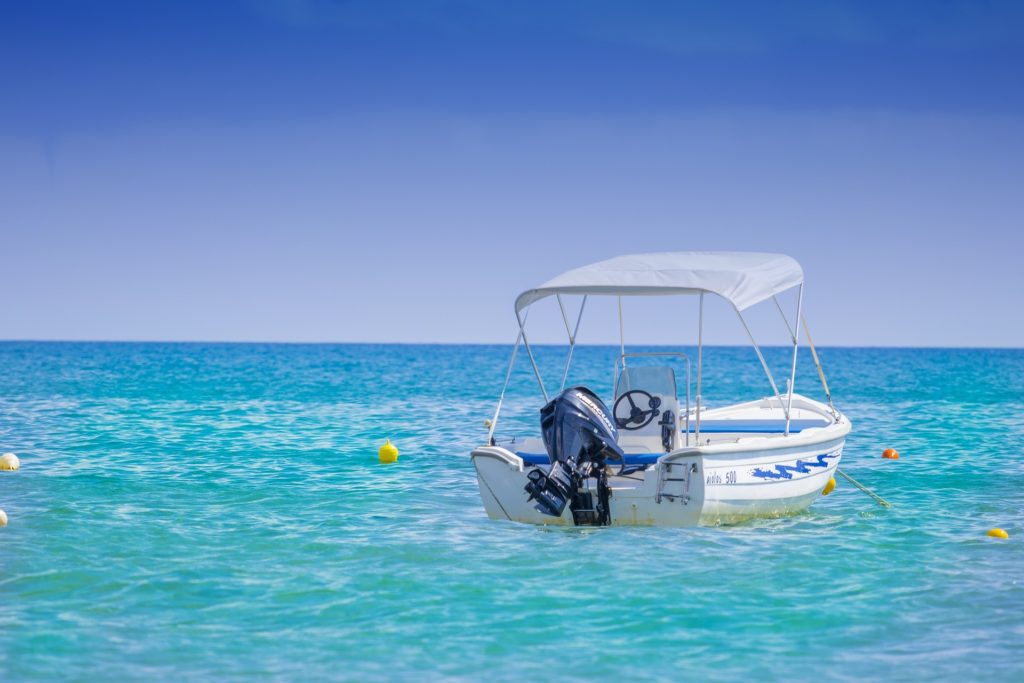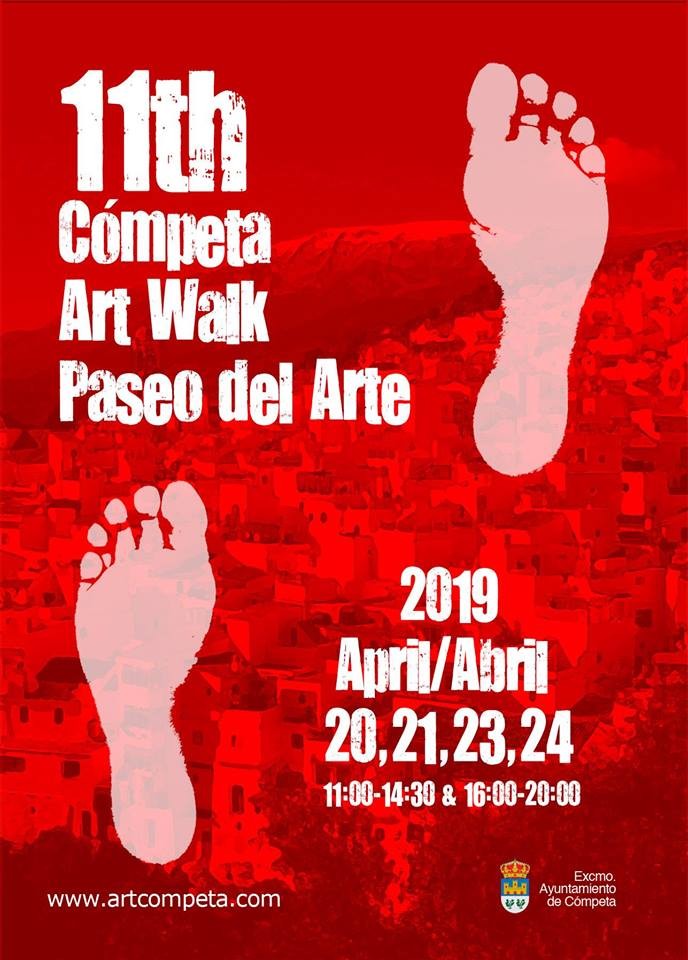Summer is the season of warmth, sunshine, and long days. It’s a time for outdoor activities, vacations, and enjoying the beauty of nature. But do you know what makes the summer season possible? It’s the Summer Solstice, which occurs on or around June 21st in the Northern Hemisphere. In this blog, we’ll explore what the Summer Solstice is, how it works, and the history and traditions associated with it.
What is the Summer Solstice?
Summer is the season of warmth, sunshine, and long days. It’s a time for outdoor activities, vacations, and enjoying the beauty of nature. But do you know what makes the summer season possible? It’s the Summer Solstice, which occurs on or around June 21st in the Northern Hemisphere. In this blog, we’ll explore what the Summer Solstice is, how it works, and the history and traditions associated with it.
What is the Summer Solstice? The Summer Solstice is the day when the Earth’s Northern Hemisphere is tilted the most towards the sun, making it the longest day of the year. It occurs around June 21st each year, and it marks the official start of summer in the Northern Hemisphere. During the Summer Solstice, the sun reaches its highest point in the sky, and the daylight lasts longer than any other day of the year.
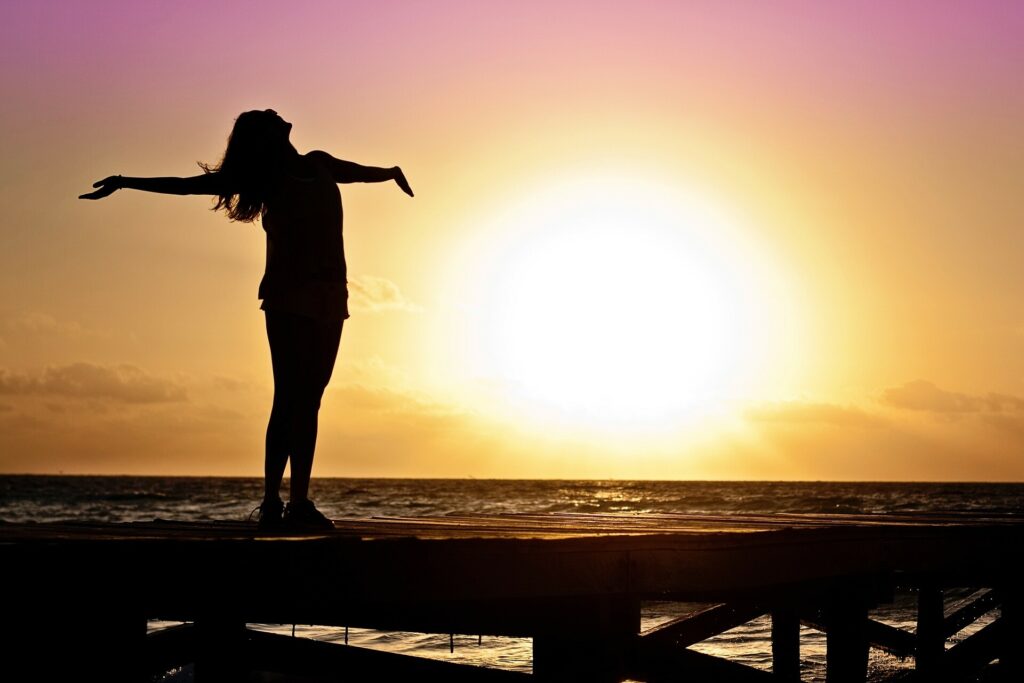

The Earth’s axis is tilted at an angle of about 23.5 degrees. As the Earth orbits around the sun, this tilt causes different parts of the planet to receive different amounts of sunlight throughout the year.
During the Summer Solstice, the Northern Hemisphere is tilted the most towards the sun, which means that the sun’s rays hit the Earth’s surface at a more direct angle, creating more intense sunlight and longer days.
The opposite occurs during the Winter Solstice, which is around December 21st.
During this time, the Northern Hemisphere is tilted away from the sun, making it the shortest day of the year and the official start of winter.
In terms of daylight, this day is 5 hours, 2 minutes shorter than on the June Solstice.
History and Traditions of the Summer Solstice
The Summer Solstice has been celebrated by cultures around the world for thousands of years. Many ancient civilizations built structures, such as Stonehenge in England and Machu Picchu in Peru, to mark the Summer Solstice and its importance in their calendars.
In many cultures, the Summer Solstice is a time of celebration, feasting, and rituals. The ancient Greeks celebrated the festival of Kronia, where slaves and masters would switch roles and celebrate together. In Scandinavia, the Summer Solstice is known as Midsummer and is celebrated with bonfires, dancing, and feasting. In North America, some Indigenous cultures celebrate the Summer Solstice with sacred ceremonies and rituals.
In modern times, the Summer Solstice is still celebrated in many parts of the world. In the United States, the Summer Solstice marks the start of the summer season and is often celebrated with outdoor festivals, concerts, and other events. In some parts of the world, such as Sweden and Finland, Midsummer celebrations are still an important part of the cultural heritage.
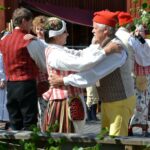

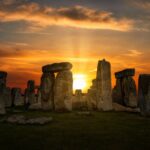
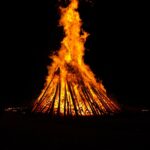

Summer Solstice in Spain
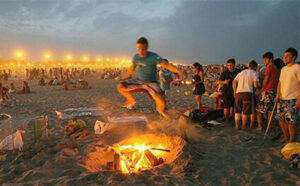
San Juan is a traditional festival that takes place in Spain on the night of June 23rd, coinciding with the Summer Solstice. Also known as “Noche de San Juan,” the festival is celebrated in many Spanish cities and towns, particularly in coastal areas. San Juan is a lively and joyful event that includes bonfires, fireworks, music, dancing, and other traditional activities.
It’s a time for people to come together and celebrate the arrival of summer, and to ward off evil spirits by jumping over the fires and into the sea. San Juan is an important part of Spanish culture and history, and it’s a unique and unforgettable experience for locals and visitors alike.
The night of San Juan is full of traditions and customs that have been carried out for generations in Spain. Here are some of the most popular ones:
-
Bonfires: One of the most iconic traditions of San Juan is the lighting of bonfires on the beach. These bonfires represent the purifying power of fire and are said to ward off evil spirits and bad luck.
-
Jumping over the fire: Many people jump over the bonfires three times to bring good luck and purify their souls.
-
Bathing in the sea: It’s said that bathing in the sea during the night of San Juan will purify and cleanse your body.
-
Fireworks: Fireworks displays are common throughout the night, creating a festive atmosphere in the streets and on the beach.
-
Traditional food and drinks: People often prepare and share traditional foods, such as paella, and drinks like sangria and cava to celebrate the occasion.
-
Music and dancing: Many towns and cities organize music and dance performances on the night of San Juan, which often continue until the early hours of the morning.
These traditions vary depending on the region, but they all share a common goal of welcoming the summer season and celebrating the arrival of new beginnings.
You can find more information about the Summer Solstice at Almanac.
